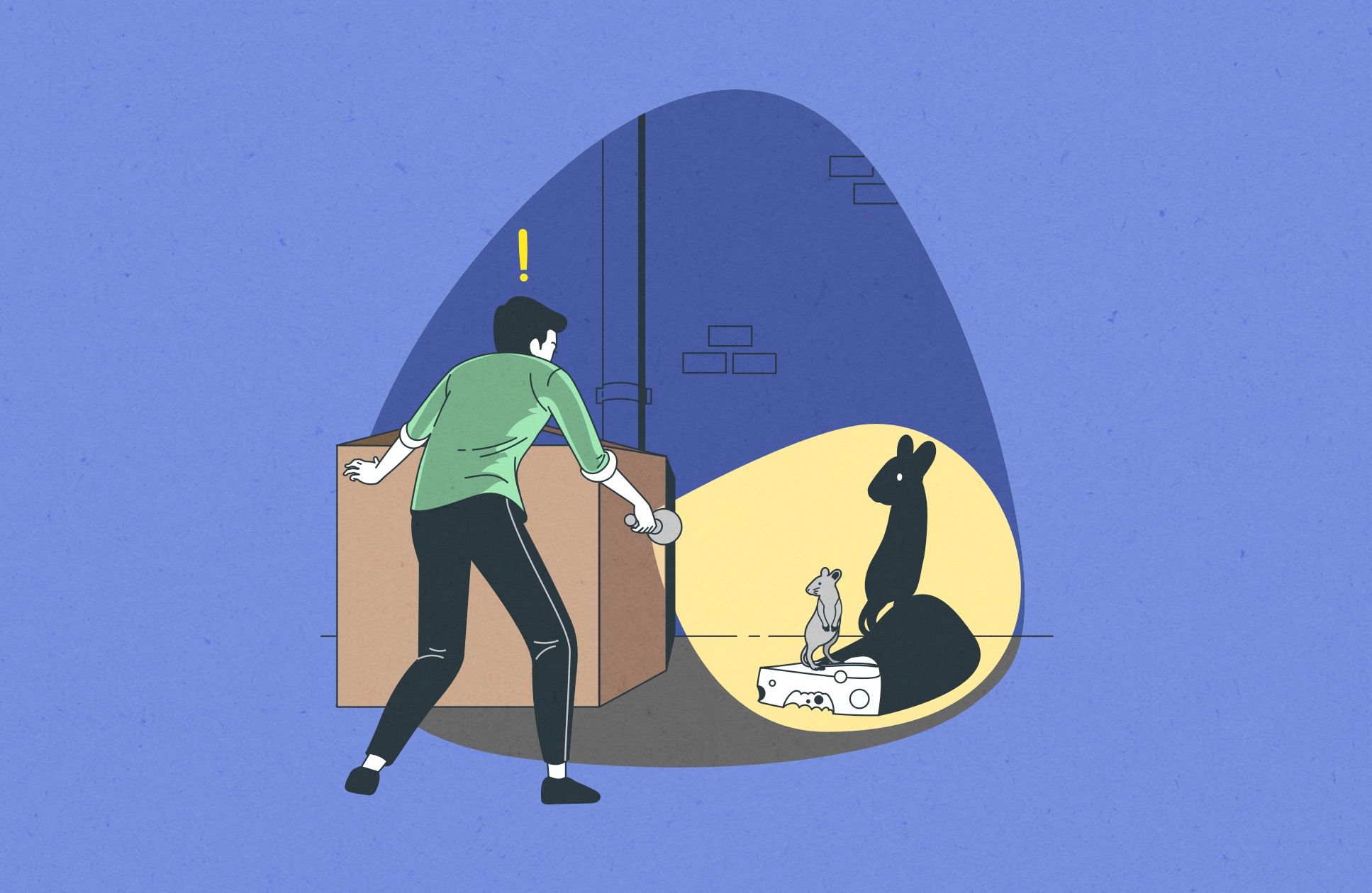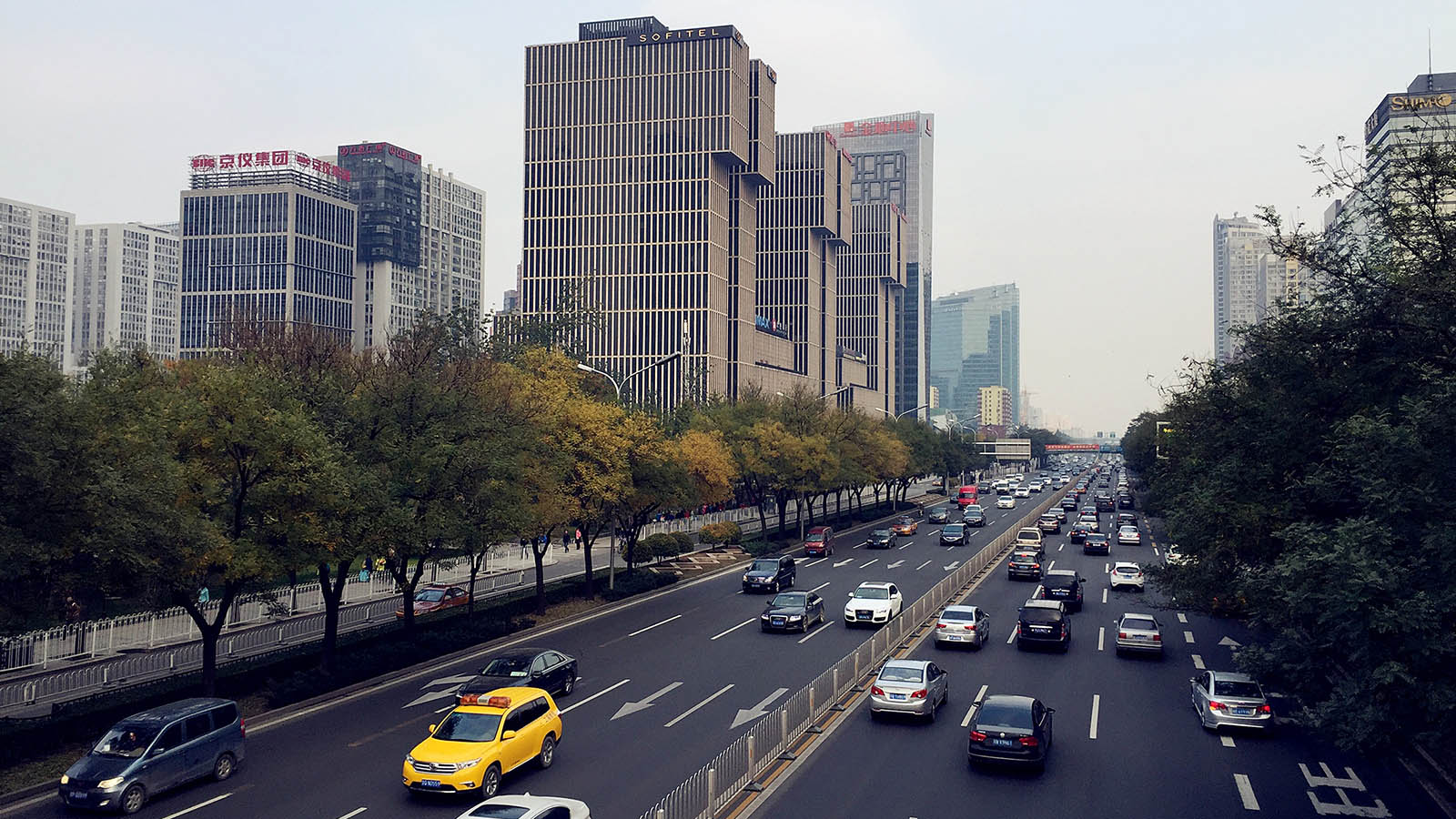Why We Need User Research


Where is the efficient design start? Some of you will say that from creating wireframes and prototypes. I usually start with research.
User research is an important part of creating a successful product. Usually, people can be quite skeptical about this part of the work. But exploring the target audience can be quite efficient. Because either we create products for people or we create them for no one. Guessing can work, but it's a small percentage that will help to achieve the desired goal.
And most important is to understand the people we design for. So, go out from an office, coffee shop, or other cozy places where you are sitting in front of Sketch or Photoshop. And start exploring. Ok, you can stay at your place. But find a time for research before you start creating any mockups and prototypes.
Of course, sometimes, it's hard to do research when you create something completely new on the market. For instance, there are tools in the material world that help with some specific problem. And you decided to create something new in the digital world, like the web app or mobile app. And the goal is to optimize the process. So, the main question is to create the best solution that people will understand and not be overwhelmed with the interface. And the app will work quickly. And even if they have some restrictions like slow Internet, they will still be able to use your tool.
Even if your target audience is you and you want to fix your own problem. That's totally fine. Fix your problem, and in most cases, you'll figure out that you are fixing not only your problem, but maybe 100, 1000, or even millions of others.
I've been to the World Usability Day conference this week. One of the speakers from Google told a story about researching potential users of maps in India. And how Google Maps can work there for people who have unusual transportation problems.
People who started work on this project didn't understand the problem that well. They pictured commuting and traffic like this.

But the reality of Indian traffic is different.

To make it clear for whom they were going to create a product, they went to New Delhi to explore how actually transportation system works there.
They have done open research by speaking with people on streets, buses, train stations, taking photos, noticing how people commute and their problems with traffic, how all this is organized, etc. How Indian culture, internet speed, devices capacity impacts user experience.
When the research was done only then, they created the first wireframes. But that wasn't the beginning of the final design of the product. User tests were started from low fidelity, then high fidelity mockups and prototypes until the final design was created.
Within 2 weeks after the launch, there were 10,000 downloads. Why? Because people found a solution to their daily problems.
They solved the problem with the bad connection, so people can download maps and use them offline. The app was created with a small size achieved with a quite simple design based on standard Android components. So, it helped to use it quickly on 2-3 years old devices with average Internet coverage. It's cool that they went into details and tried different cellular providers. Also, tested coverage at least in different areas of the city.
Also, they built a feature that allows people to know about possible traffic jams and accidents that block traffic in certain districts. For instance, if a protest happens on an Indian street, people don't know it ahead of time. And they can be stuck there in a traffic jam for half a day or so. So, it's helpful to know about this in the form of a notification or a news feed.
Any testing should be done during the iterative design process. User tests are helpful. You can explore how people use interfaces, understand interactions, etc., and complete different tasks. What issues do they still have with the app? What blocks them from achieving desirable results.
Always remember the goal of the product. What problem it should solve. In this case, guys wanted to help people in India get better access to public transport information. They did a lot of stuff but always remembered the end goal. It was helpful during the research itself to ask the right questions, creating a picture of regular users. Explore their pain points and requests for improvement of the current traffic situation.
We have great opportunities that sometimes we don't take into account. The Internet helps research a lot of stuff. We need to make the right search requests, systematizing knowledge, and create a knowledge base to build a product on it.
So, the best we can do is learn our target audience, potential, and existing consumers or clients. It makes our work meaningful. So, it's good for both sides.
At the same time, we shouldn't forget about what we want to create and our direction.
User research can fix the direction, make it more optimized and meaningful. But it shouldn't change it completely. We should have room for creative work to make things different from competitors. People can tell you to do things like they used to or exact tools they want to have. It's not necessary that you need to create that kind of tool. Often, people don't know what they want or what will change their lives in a good way. That's why we should learn to ask the right questions.
I hope that this article will inspire you on something good.
Thank you for reading,
Max